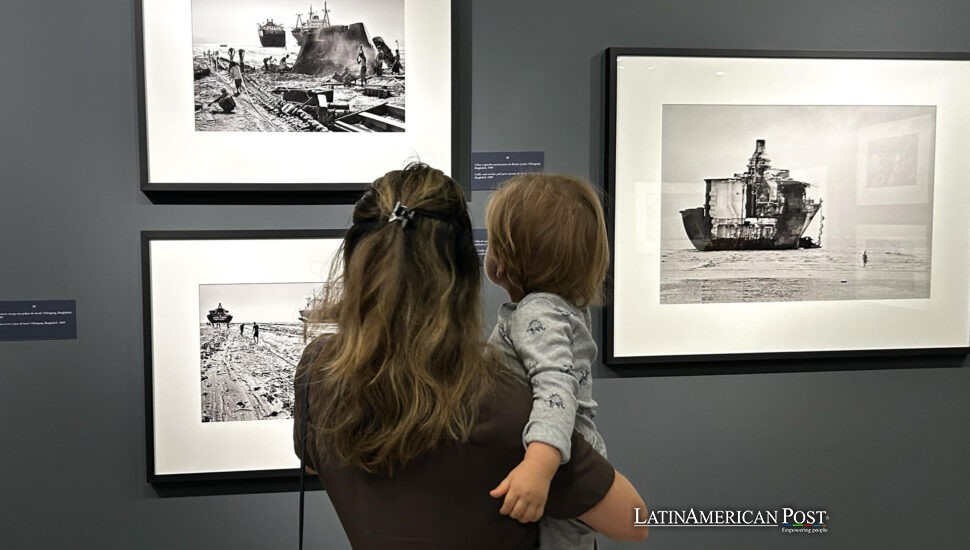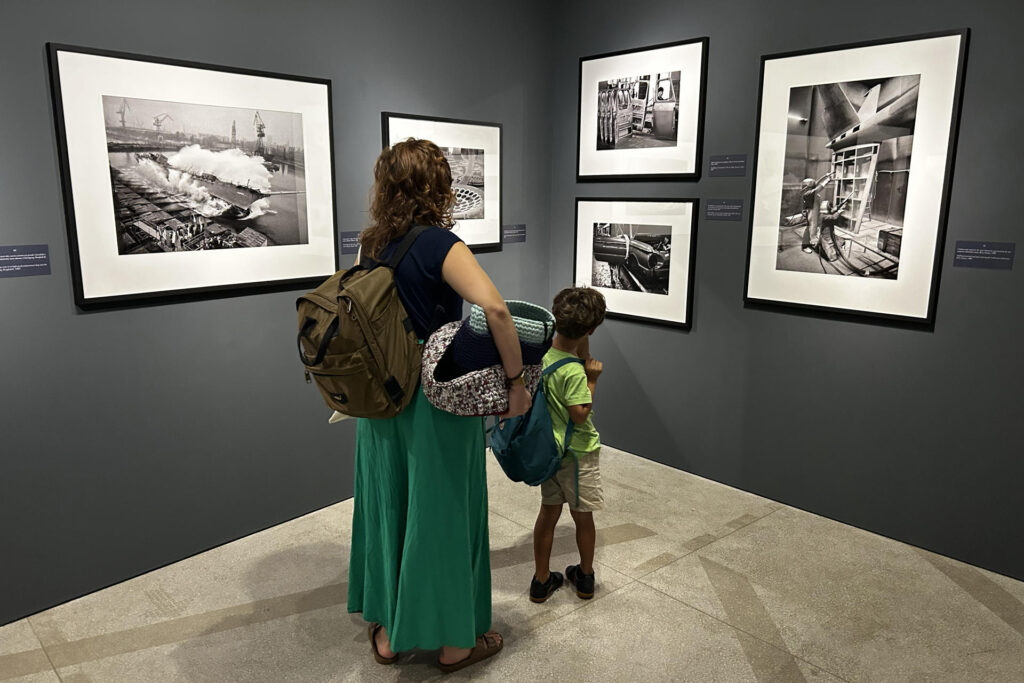Brazilian Master Salgado Remembered at Haunting Workers-Themed Display

The show meant to salute Sebastião Salgado while he was still walking. Rio’s streets opened five days after his death. Inside Casa Firjan, black-and-white epics now read like farewell letters from a man who turned suffering into unforgettable beauty.
Clouds, Cameras — and an Unplanned Elegy
The opening night should have felt triumphant. Instead, rain drummed the glass roof of Casa Firjan, dimming the courtyard as visitors filed past a single candle lit for Salgado. Curators had spent months preparing a celebration; fate delivered a vigil. In the first room, miners from Serra Pelada glared from towering prints, their bodies slick with mud and sweat. Retiree Francisco Oliveira told EFE he felt “a knot in the throat—because you realize the photographer is gone, yet those eyes still speak.”
Scholars at the Latin American Visual Archives once dubbed Salgado a consciência visual—a conscience with a lens. Like W. Eugene Smith before him, he stripped glamour from documentary work and replaced it with moral urgency. Outside, thunder rolled over Rio’s hills, and guests whispered that even the sky seemed to take notice.
Workers in the Spotlight, World in the Shadows
The heart of the exhibition is Trabalhadores (Workers). One hundred forty-nine photographs—printed by Salgado’s longtime collaborator and wife, Lélia Wanick Salgado—unfold like a gothic symphony of labor. Sugarcane cutters swing machetes in Cuba; Rwandan mothers harvest beans with infants bound tight to their backs; Kuwaiti oil men stagger through fields of flame. Each frame testifies to what the International Journal of Photojournalism Studies calls Salgado’s “anthropological precision married to epic composition.”
No color distracts here: only grim light bouncing off sweat, skin, and smoke. The photographer once said he sought “the dignity of hard work, even when work breaks the body.” Viewers walk away, understanding that entire economies balance on these anonymous shoulders. If Salgado’s images haunt, they also humanize—turning faceless statistics into neighbors we can no longer ignore.

From Economist to Global Witness
Few remember that Sebastião Ribeiro Salgado, born in Aimorés in 1944, first earned degrees in economics. Lélia placed a camera in his hands before a 1970s trip to Africa, igniting a passion that forever eclipsed spreadsheets. By the 1980s, he was shooting for Gamma and Magnum, embedding himself in famines, wars, and refugee camps.
Series such as Other Americas, Sahel, Migrations, and later Genesis expanded his range from labor to landscape, but the mission never changed: spotlight the invisible and confront the comfortable. Asked why he favored black-and-white, he told journalists, “Color is a costume. Remove it, and the truth remains.”
In 2010, malaria struck during a Congo assignment. Complications led to leukemia, and on 23 May 2025—hours before this very exhibition entered its final hanging—Salgado died in Paris at 81. The show’s posters were already printed; none bore the black ribbon that now adorns them.
An Exhibition Becomes a Testament
Curated by Lélia and offered free through 21 September, the display arranges images by elemental themes—Earth, Water, Fire, and Air—reminding us that every laborer fights the planet as much as poverty. Researchers from the Center for Brazilian Image Studies note how Salgado always linked micro-stories to macro forces: a coal shoveler’s grimace echoes global energy demand; a coffee picker’s calloused hands predict market charts.
Visitors linger longest before the giant tableau of Serra Pelada miners forming a human ant farm on a 50-meter wall of mud. Some wipe tears; others snap photos, perhaps realizing that the man who made this portrait is no longer alive to answer questions.
Also Read: Mexican Paquita la del Barrio’s Loss Reverberates Through Cultural Tributes And Goodbyes
In hushed corners, conversations shift to legacy. Will future photographers risk malaria, war zones, and decades of travel to keep witnesses honest? Salgado believed images could drive policy, citing how his Sahel work spurred famine relief in the 1980s. The exhibit, intended as a mid-career salute, has morphed into a covenant: pick up the camera, keep looking, keep caring.





